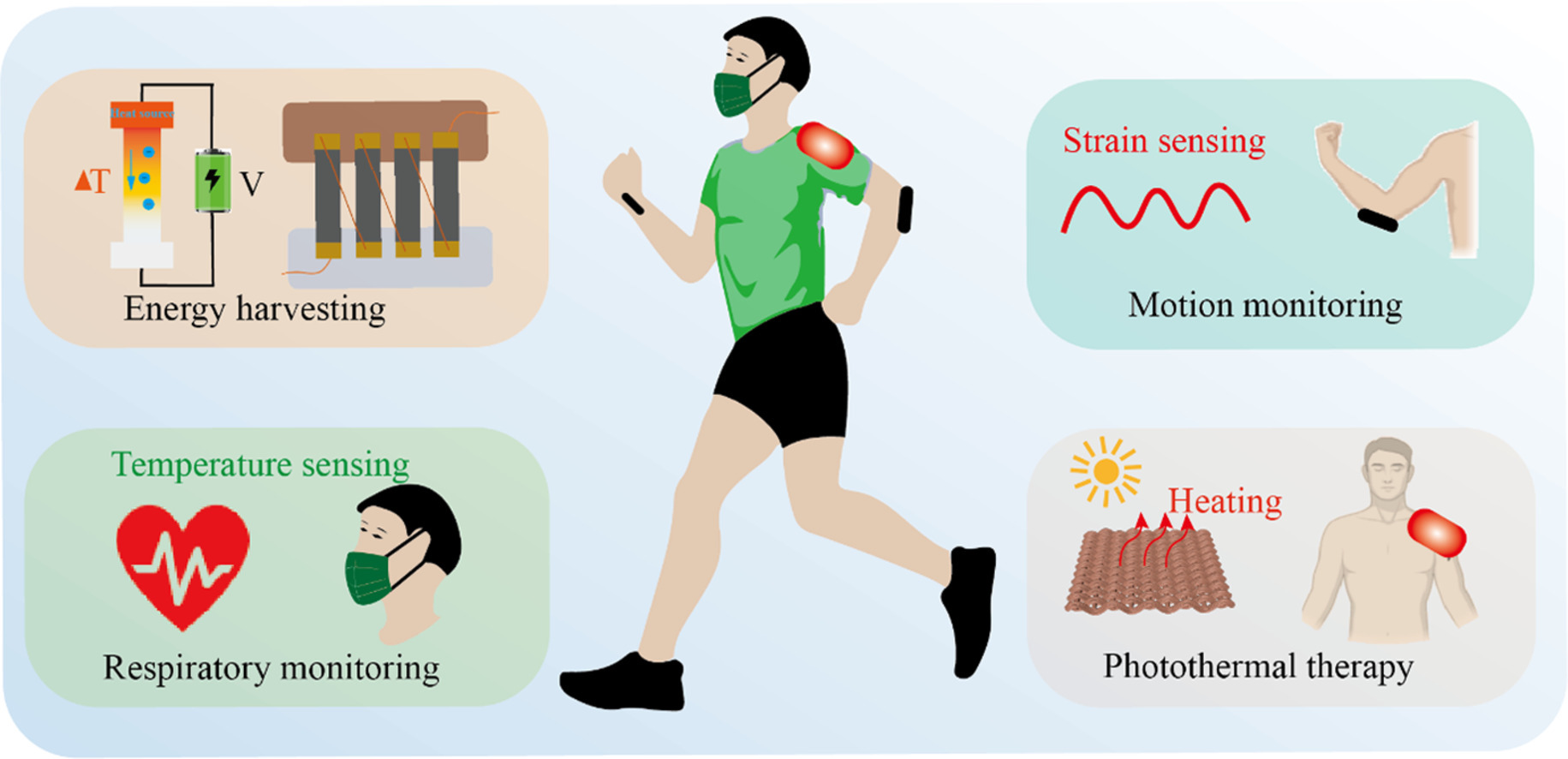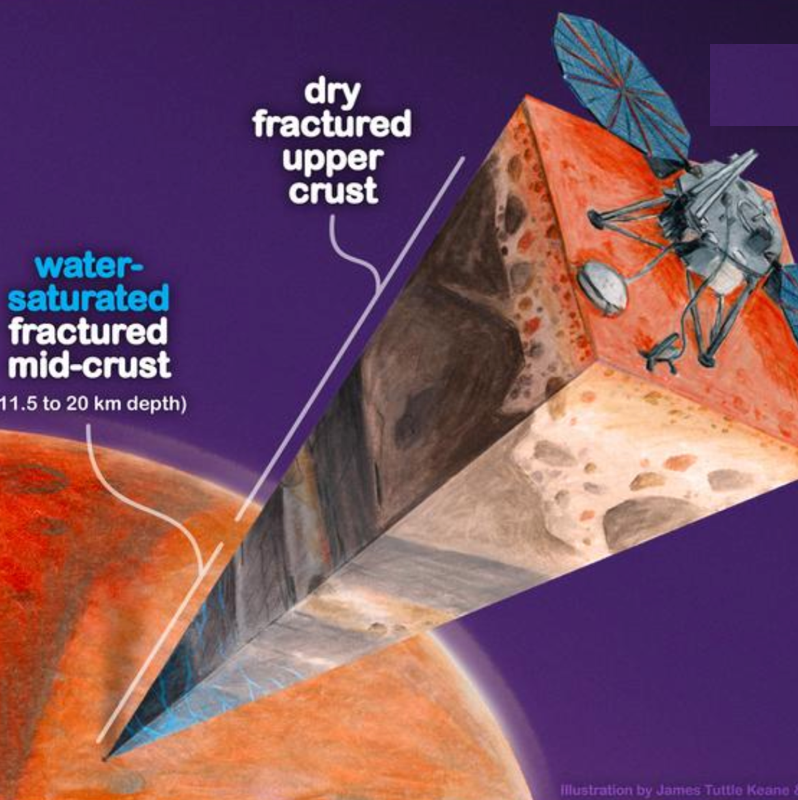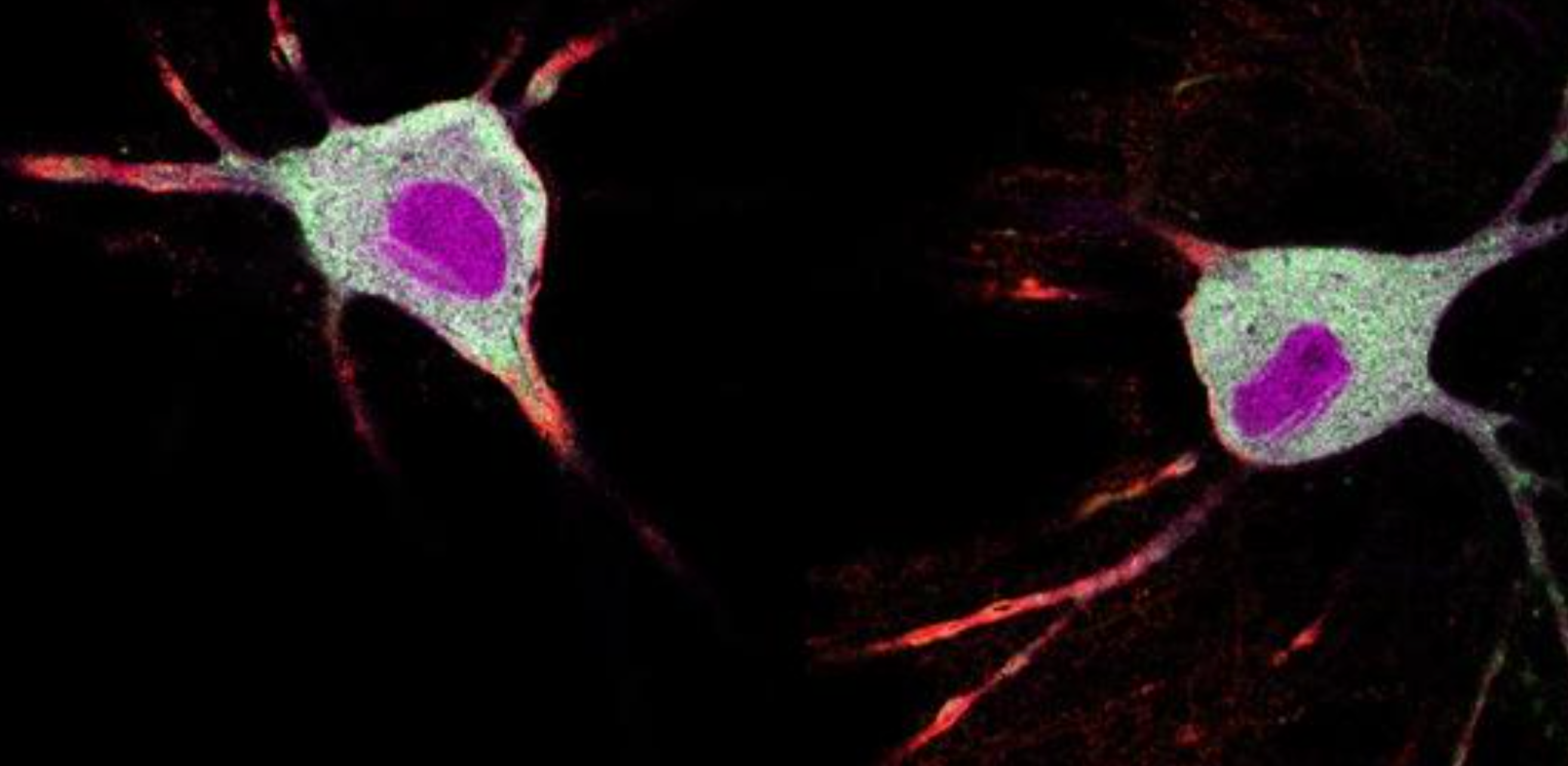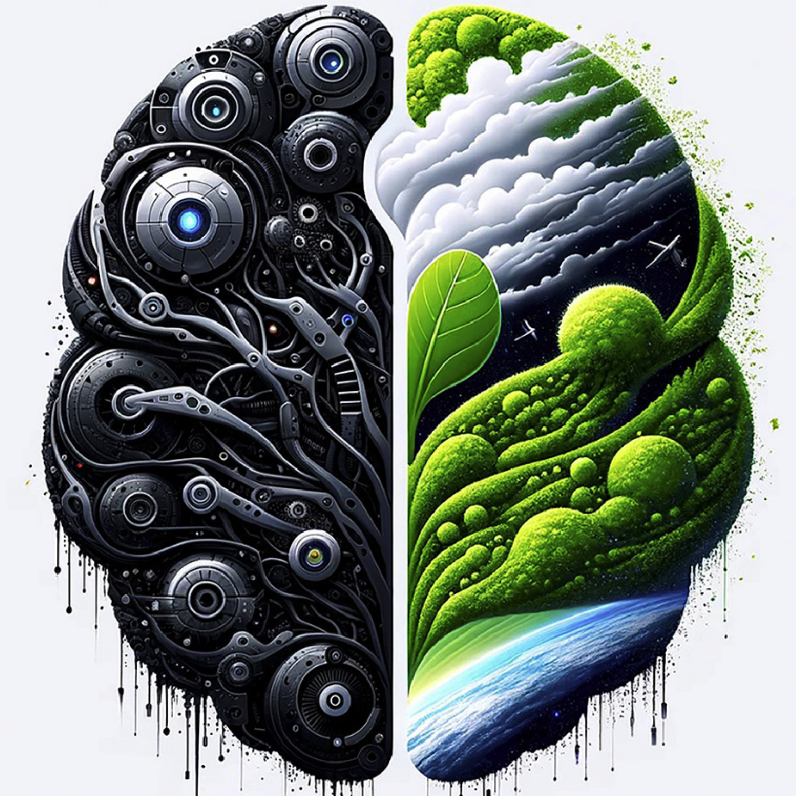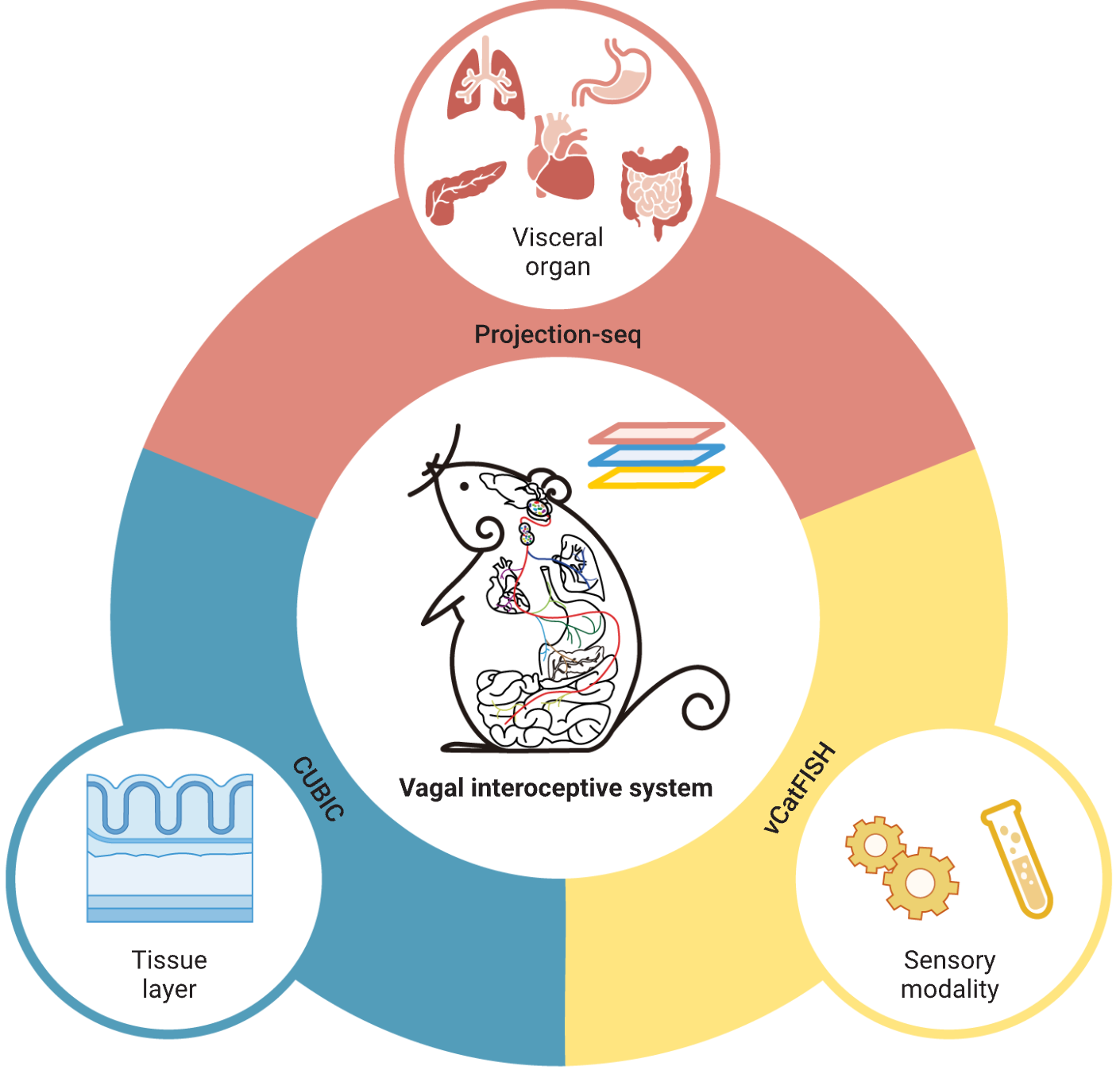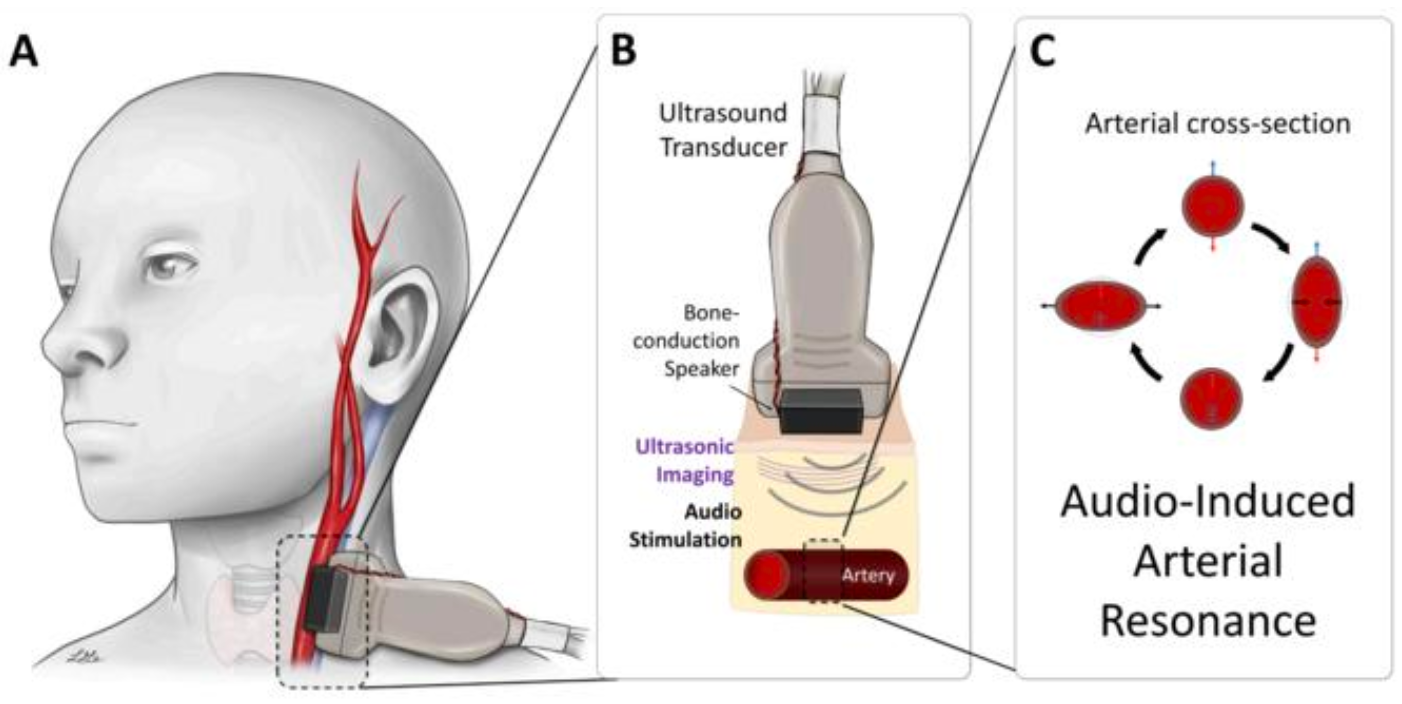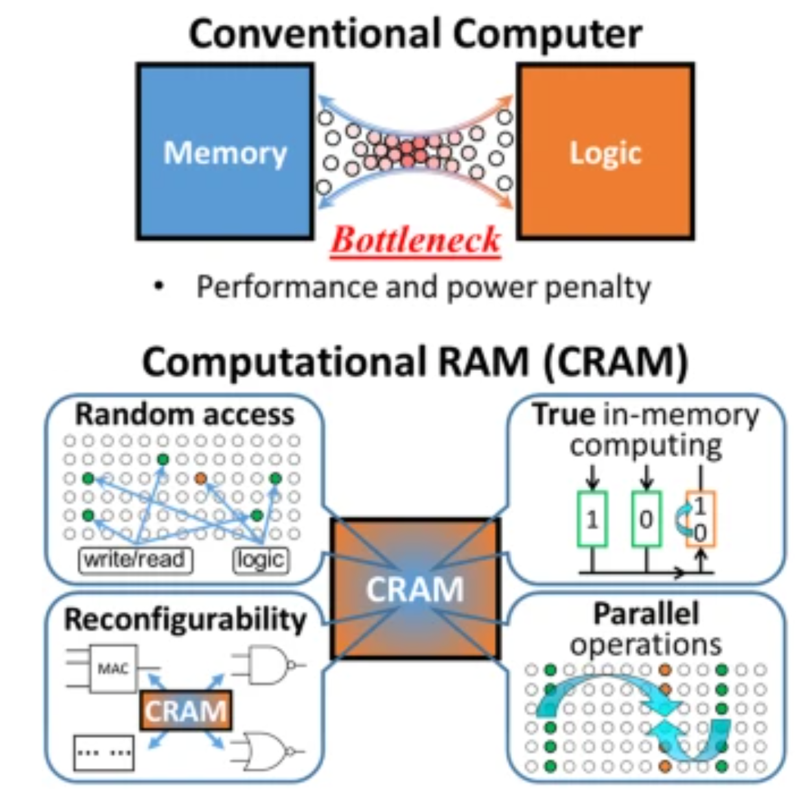University of Waterloo researchers have developed a smart fabric that can convert body heat and solar energy into electricity, replacing batteries and other power sources for energy harvesting, health monitoring, and movement tracking applications.
The fabric sensors can monitor temperature, pressure, chemical composite, and more, which can be integrated into the material. For example, a smart face mask that can track breath temperature and rate and detect chemicals in breath to help identify viruses, lung cancer, and other conditions.
The researchers say the material is more stable, durable, and cost-effective than other fabrics on the market, integrating advanced materials such as MXene and conductive polymers with cutting-edge textile technologies to advance smart fabrics for wearable technology.
The study is published in the Journal of Materials Science & Technology.
The next phase of research will focus on further enhancing the fabric’s performance and integrating it with electronic components, in collaboration with electrical and computer engineers. Future developments may include a smartphone app to track and transmit data from the fabric to healthcare professionals, enabling real-time, non-invasive health monitoring and everyday use.
Citation: Peng, J., Ge, F., Han, W., Wu, T., Tang, J., Li, Y., & Wang, C. (2024). MXene-based thermoelectric fabric integrated with temperature and strain sensing for health monitoring. Journal of Materials Science & Technology, 212, 272-280. https://doi.org/10.1016/j.jmst.2024.06.011
Let us know your thoughts! Sign up for a Mindplex account now, join our Telegram, or follow us on Twitter.


.png)

.png)


.png)
